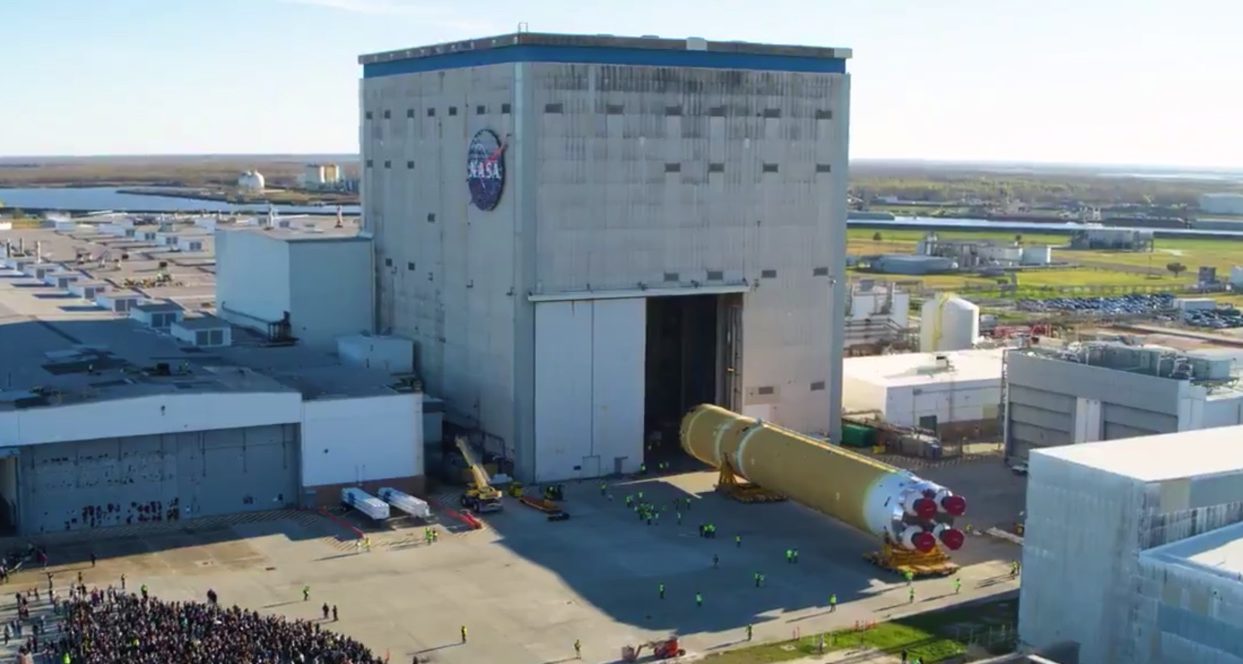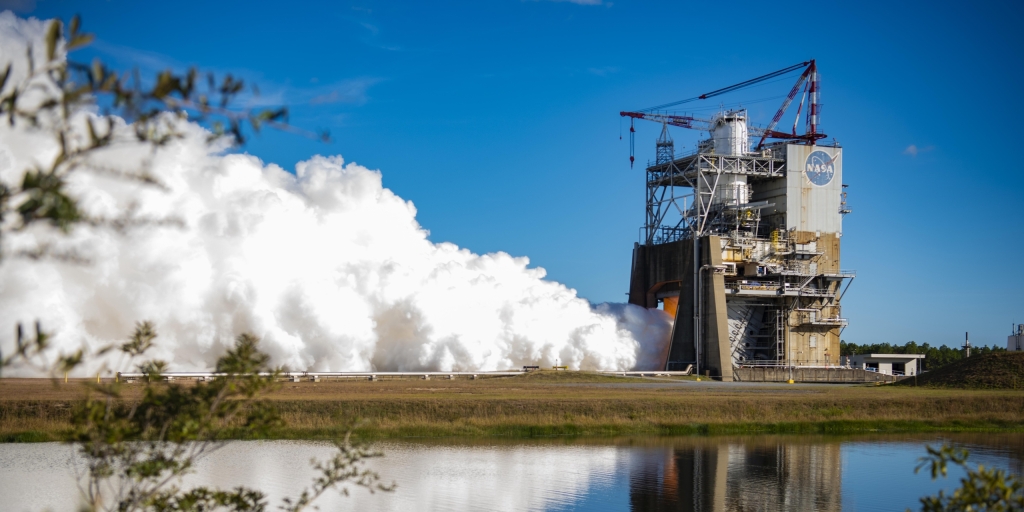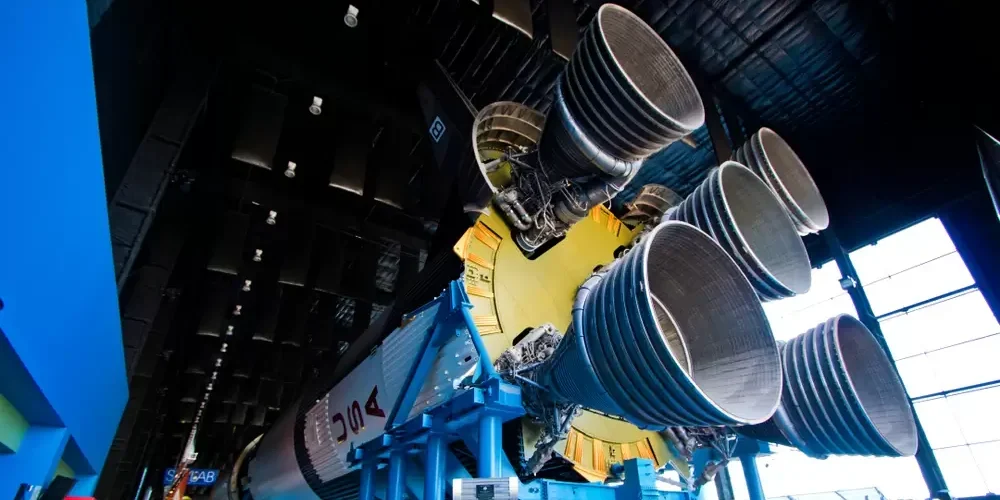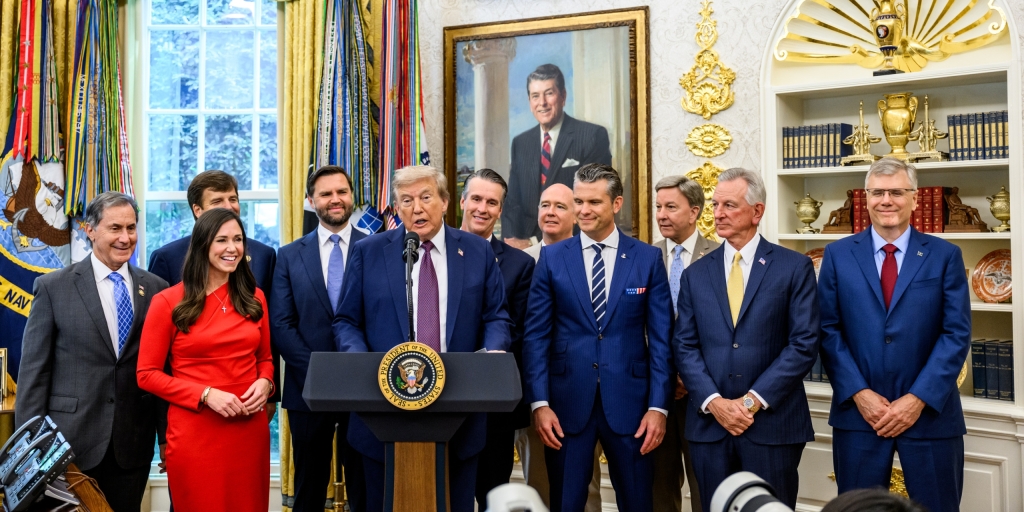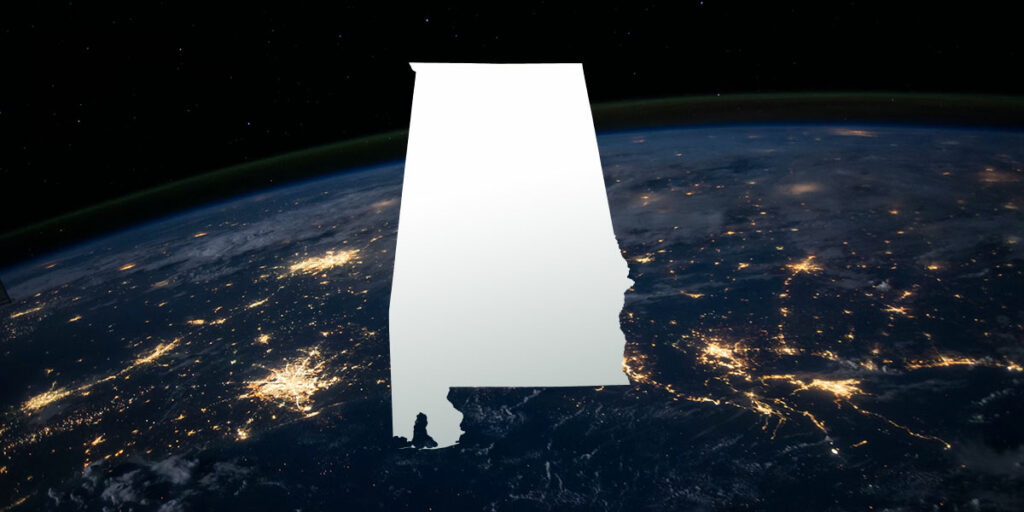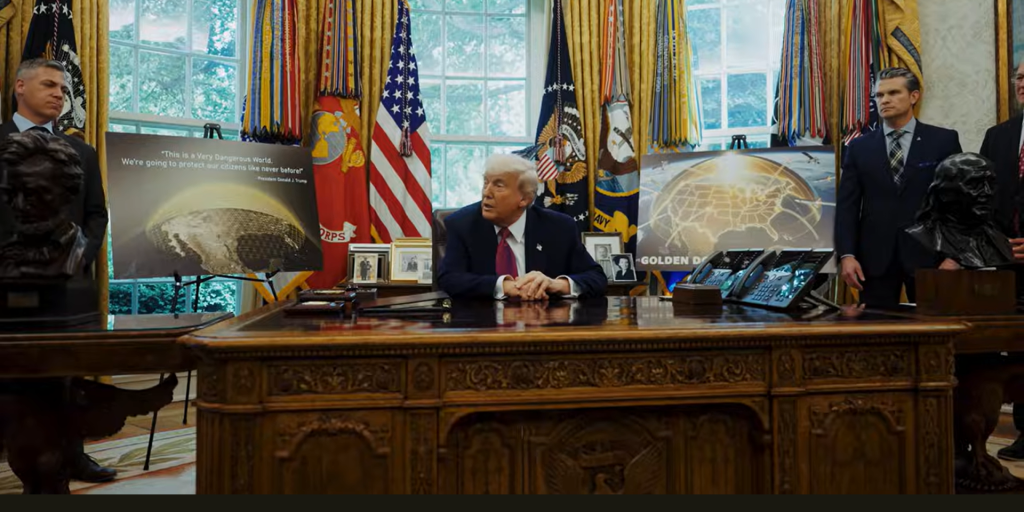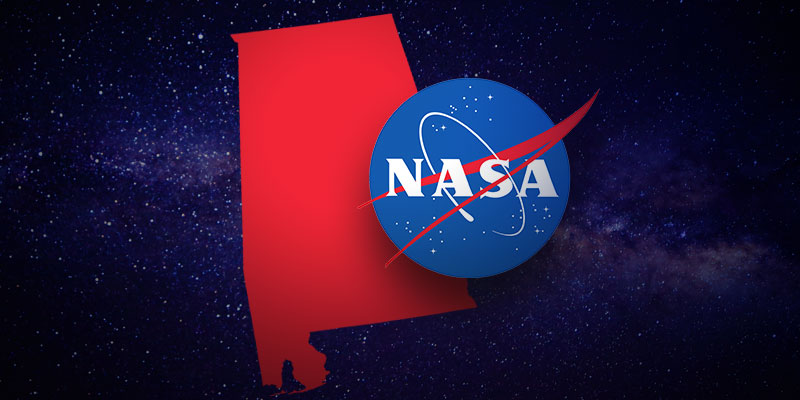NASA and Boeing loaded the first Space Launch System (SLS) onto NASA’s Pegasus barge in New Orleans on Wednesday. SLS will soon depart for Stennis Space Center in Mississippi for “Green Run” hot-fire engine tests.
Escorted by NASA, Boeing and Aerojet Rocketdyne employees, as well as a jazz band from a local high school, SLS embarked on the next phase of its development to become the most powerful rocket ever built and one which will propel the next American mission to the moon.
The entire effort has a distinctly Alabama flavor to it.
SLS is a specialized launch vehicle designed, developed and managed by Marshall Space Flight Center in Huntsville. Boeing is the core stage lead contractor, with the company’s Huntsville-based Space and Launch division managing its work. Aerojet Rocketdyne RS-25 engines will help provide the more than two million pounds of thrust necessary to send the Orion spacecraft, astronauts and supplies to the moon in a single mission.
Senator Richard Shelby (R-AL) emphasized the importance of SLS to America’s space program during a hearing on Capitol Hill last year.
“What’s important is to build that rocket and build it right,” Alabama’s senior senator directed NASA Administrator Jim Bridenstine.
On a conference call with media members, NASA and Boeing leadership discussed the progress of the program and the work which lies ahead.
Boeing SLS vice president and program manager John Shannon called the rocket “the most complicated vehicle that has ever been built in Michoud, by far.”
He noted that the engine tests at Stennis will reveal more information about the vehicle’s systems.
“The next big unknown for the program is when we put together the cryogenic liquids and oxygen tank and hydrogen tank and we look at the plumbing and all the systems and make sure they remain tight and perform as expected,” Shannon outlined. “We have high confidence that they will.”
Once the next round of tests concludes, the rockets are refurbished before the 10-12 day trip to Florida.
Shannon estimated that refurbishment will primarily involve inspections. He stated that in “a high vibration, high acoustic environment,” the question for team members becomes “did we break anything?” He cited thermal protection fixes as something that will need to be done because the fuel tank contracts when cold cryogenics are loaded in it, then expands again as it warms back up.
“By the time we take this vehicle to Kennedy Space Center it will be an extremely well-understood vehicle and we’ll have really high confidence in flying it,” Shannon concluded.
NASA officials expressed satisfaction with the headway made by the NASA and Boeing teams while highlighting the significance of the work.
NASA Deputy Administrator Jim Morhard called the shipment of SLS out of the Michoud facility “a historic milestone.”
Morhard congratulated Boeing on finishing the core stage on schedule.
“This was something they said they were going to do, and they did it,” he said. “They kept their word. And we can’t appreciate that enough.”
As for the overall direction of the program, Morhard sees no hesitation in NASA carrying out its mission.
“I can tell you that our constancy of purpose will continue as to what we are doing and where we are going,” he resolved.
Tim Howe is an owner of Yellowhammer Multimedia




